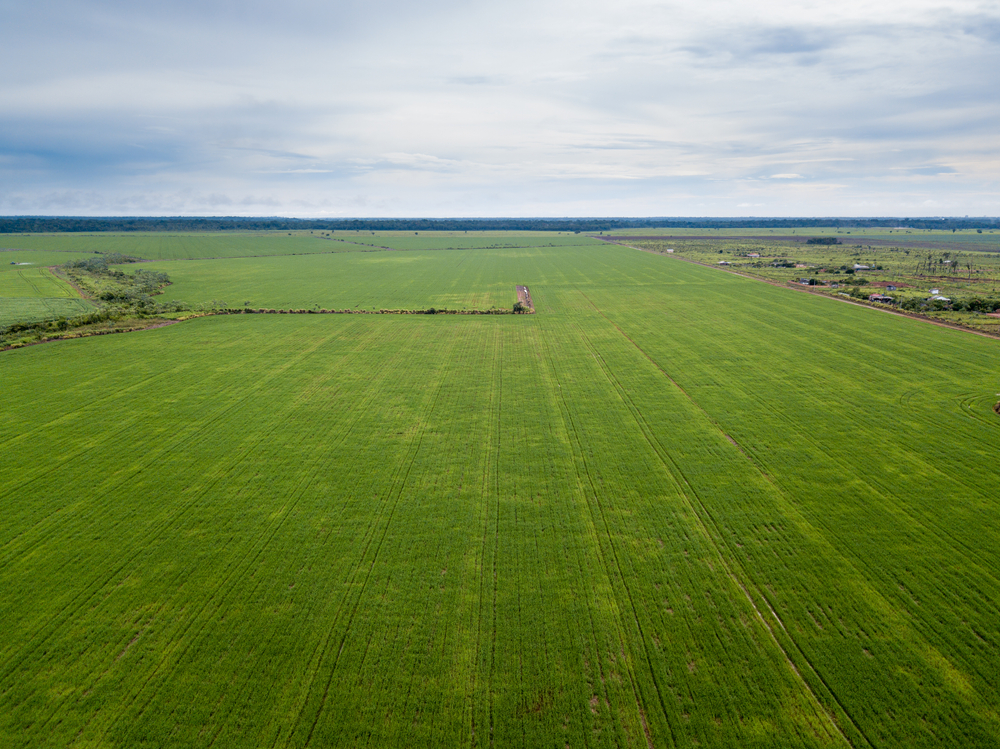Climate change in Brazil is no longer just a concern for future generations, and this has been the case for some time. This year alone, simultaneous droughts and floods have caused havoc in the northern state of Amazonas. While land in some areas is drying up, rivers are bursting their banks in others. On a national scale, extreme weather events have become far more prevalent and severe, causing untold damage to livelihoods and economies.
Among the most feared effects of climate change in Brazil is the degradation and transformation of natural habitats. For years, experts have warned about the Amazon approaching a “tipping point,” with a mixture of altered climates and deforestation turning the biome into a savannah, as opposed to a closed canopy rainforest. Recent research shows that this transition may come much sooner than initially expected.
Among the major culprits is believed to be the advance of large-scale agriculture in the Amazon basin. In simple terms, farms require clear land to be used for pasture or planting crops. To achieve this, trees are cut down and natural vegetation is ripped out of the...


 Search
Search






































